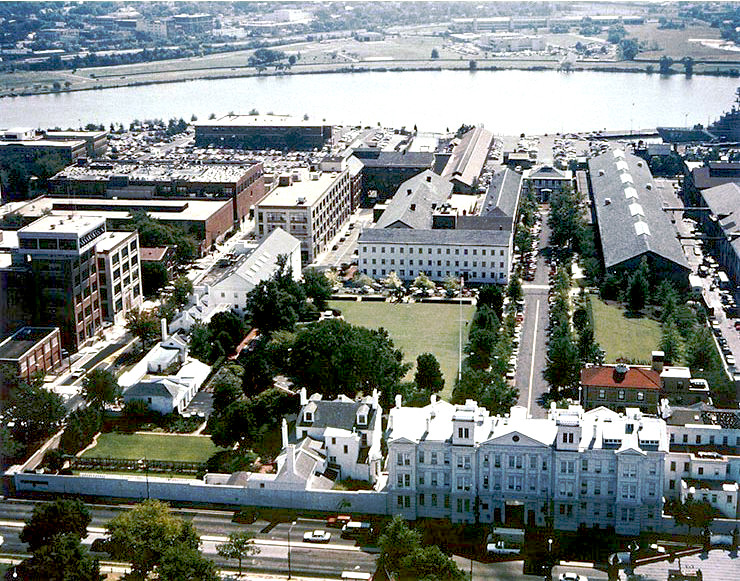|
Rade Grbitch
Rade Grbitch or Rade Grbić (Serbian Cyrillic: Раде Грбић; December 24, 1870 – March 5, 1910) was a United States Navy sailor and a recipient of the United States military's highest decoration, the Medal of Honor. Biography Grbitch was born December 24, 1870, in Austria-Hungary and joined the Navy from Ohio. He was Serb from Dalmatia. On July 21, 1905, a boiler exploded aboard the while it was at San Diego, California and sank. During the explosion 66 sailors were killed and almost everyone else on the ship was injured. For his actions during the explosion he received the Medal of Honor January 5, 1906. He died on March 5, 1910, and is buried in San Francisco National Cemetery. Medal of Honor citation Rank and organization: Seaman, U.S. Navy. Born: 24 December 1870, Austria. Accredited to: Illinois. G.O. No.: 13, 5 January 1906. Citation: On board the U.S.S. Bennington, for extraordinary heroism displayed at the time of the explosion of a boiler of that vessel at ... [...More Info...] [...Related Items...] OR: [Wikipedia] [Google] [Baidu] |
Austria
Austria, , bar, Östareich officially the Republic of Austria, is a country in the southern part of Central Europe, lying in the Eastern Alps. It is a federation of nine states, one of which is the capital, Vienna, the most populous city and state. A landlocked country, Austria is bordered by Germany to the northwest, the Czech Republic to the north, Slovakia to the northeast, Hungary to the east, Slovenia and Italy to the south, and Switzerland and Liechtenstein to the west. The country occupies an area of and has a population of 9 million. Austria emerged from the remnants of the Eastern and Hungarian March at the end of the first millennium. Originally a margraviate of Bavaria, it developed into a duchy of the Holy Roman Empire in 1156 and was later made an archduchy in 1453. In the 16th century, Vienna began serving as the empire's administrative capital and Austria thus became the heartland of the Habsburg monarchy. After the dissolution of the H ... [...More Info...] [...Related Items...] OR: [Wikipedia] [Google] [Baidu] |
Naval Historical Command
The Naval History and Heritage Command, formerly the Naval Historical Center, is an Echelon II command responsible for the preservation, analysis, and dissemination of U.S. naval history and heritage located at the historic Washington Navy Yard. The NHHC is composed of 42 facilities in 13 geographic locations including the Navy Department Library, 10 museums and 1 heritage center, USS ''Constitution'' repair facility and detachment, and historic ship ex-USS ''Nautilus''. Command history The Naval History and Heritage Command traces its lineage to 1800, when President John Adams requested Benjamin Stoddert, the first Secretary of the Navy, prepare a catalog of professional books for use in the Secretary's office. When the British invaded Washington in 1814, this collection, containing the finest works on naval history from America and abroad, was rushed to safety outside the Federal City. After that, the library had many locations, including a specially designed space in the St ... [...More Info...] [...Related Items...] OR: [Wikipedia] [Google] [Baidu] |
Burials In California
Burial, also known as interment or inhumation, is a method of final disposition whereby a dead body is placed into the ground, sometimes with objects. This is usually accomplished by excavating a pit or trench, placing the deceased and objects in it, and covering it over. A funeral is a ceremony that accompanies the final disposition. Humans have been burying their dead since shortly after the origin of the species. Burial is often seen as indicating respect for the dead. It has been used to prevent the odor of decay, to give family members closure and prevent them from witnessing the decomposition of their loved ones, and in many cultures it has been seen as a necessary step for the deceased to enter the afterlife or to give back to the cycle of life. Methods of burial may be heavily ritualized and can include natural burial (sometimes called "green burial"); embalming or mummification; and the use of containers for the dead, such as shrouds, coffins, grave liners, and bur ... [...More Info...] [...Related Items...] OR: [Wikipedia] [Google] [Baidu] |
Serbs Of Croatia
The Serbs of Croatia ( sh-Cyrl-Latn, separator=" / ", Срби у Хрватској, Srbi u Hrvatskoj) or Croatian Serbs ( sh-Cyrl-Latn, separator=" / ", хрватски Срби, hrvatski Srbi) constitute the largest national minority in Croatia. The community is predominantly Eastern Orthodox Christian by religion, as opposed to the Croats who are Roman Catholic. In some regions of modern-day Croatia, mainly in southern Dalmatia, ethnic Serbs have been present from the Early Middle Ages. Serbs from modern-day Serbia and Bosnia-Herzegovina started actively migrating to Croatia in several migration waves after 1538 when the Emperor Ferdinand I granted them the right to settle on the territory of the Military Frontier. In exchange for land and exemption from taxation, they had to conduct military service and participate in the protection of the Habsburg monarchy's border against the Ottoman Empire. They populated the Dalmatian Hinterland, Lika, Kordun, Banovina, Slavonia, an ... [...More Info...] [...Related Items...] OR: [Wikipedia] [Google] [Baidu] |


